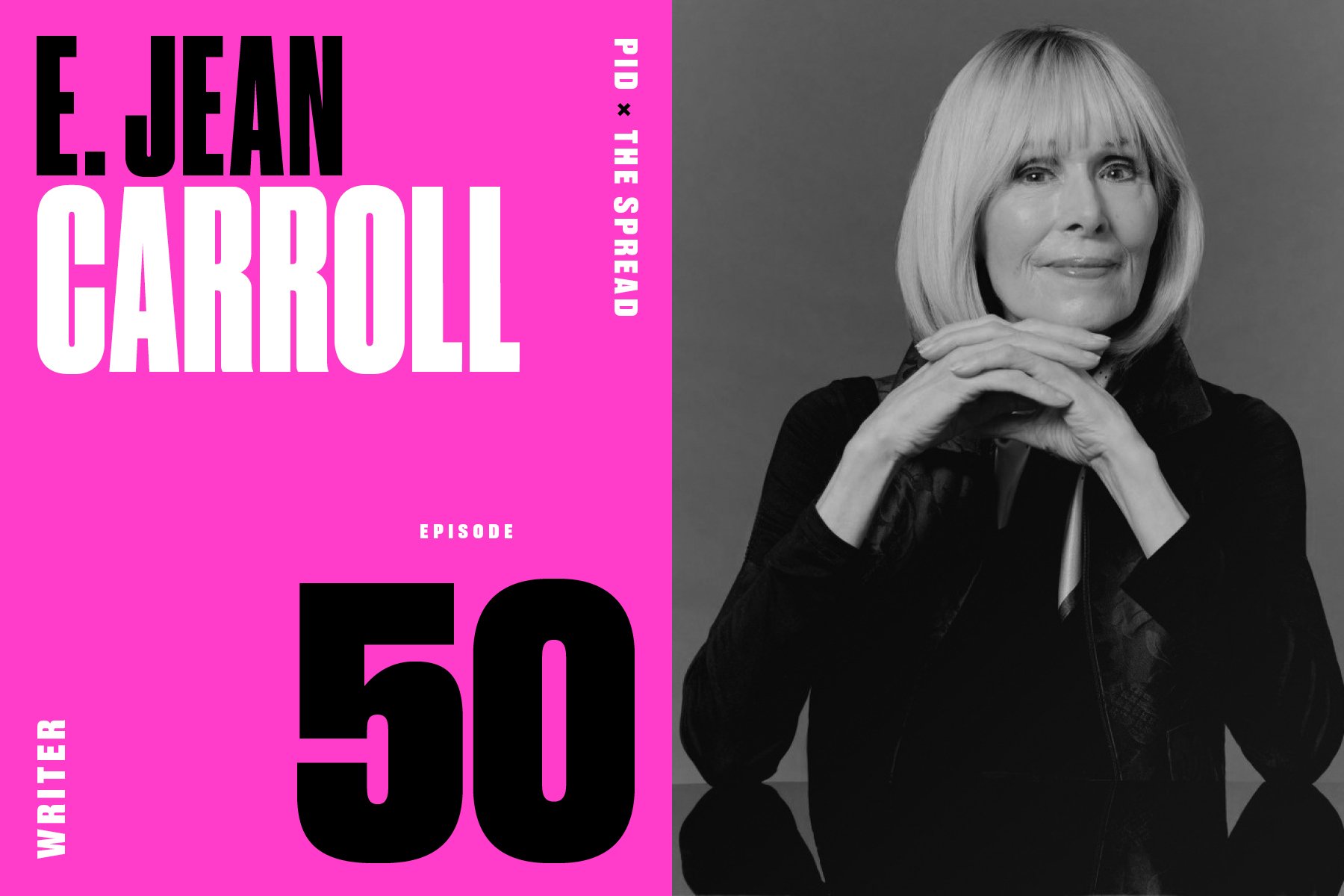Episode 68: Graydon Carter (Editor: Air Mail Weekly, Vanity Fair, Spy, more)
/I’m a writer and the former deputy editor of Vanity Fair. Now, if you know anything about me, which statistically you don’t, unless—shameless plug—you read my memoir, Dilettante, about my time at Vanity Fair and the golden age of the magazine business. Which, statistically, you didn’t.
The only reason I have a career at all is because of today’s guest on Print Is Dead (Long Live Print). He hired me in the mid-nineties to be his assistant. Or as he likes to say, “rescued me off the scrap heap” and then, like gum on the bottom of his shoe, he could never seem to get rid of me.
I’m talking of course about Graydon Carter, former editor of Vanity Fair, Spy, The New York Observer, and now co-editor and co-founder of Air Mail.
He’s here to talk about his memoir When the Going was Good—a title that, with signature understatement, suggests things were once better than they are now, which feels correct. But his book isn’t just about magazines. It’s about a time when media was glamorous and powerful and vital. When New York was still New York. When the world he had a hand in shaping still existed.
It’s not nostalgia, it’s a public service, because Graydon didn’t just edit and create magazines. He built worlds. He predicted the cultural weather. He made journalism feel essential, and more importantly, cool.
I was lucky enough to work for him at Vanity Fair for almost 25 years, back when magazines mattered, when people still returned phone calls, and parties had seating charts instead of hashtags, when the media wasn’t just people making videos about sandwiches, and when style wasn’t a “brand CoLab,” and when you could still smoke indoors without a visit from HR.
You know what? Hold on one second. “Hey! You kids get off my lawn!”
Sorry. Graydon began as my boss, but quickly became a mentor, then a friend, and it’s a friendship that continues to this day. So enjoy this conversation with Graydon Carter as he looks back on the chaos, the glamour, and the thrill of a better time. Back when, yes, the going was very, very good.












